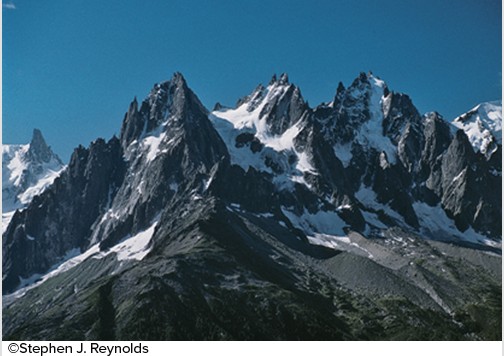Briefly describe the population control program that China instituted in the 1970s. Explain why it was instituted, how it was enforced, and why it was controversial
What will be an ideal response?
In the 1970s, China's population swelled due to improved health and food production and distribution. At that time, the average Chinese woman gave birth to 5.8 children. The burgeoning population and its industrial and agricultural development were eroding the nation's soils, depleting its water, leveling its forests, and polluting its air. The government instituted a population control program that precluded Chinese couples in urban areas from having more than one child. Rewards (e.g., better housing, schooling, and medical treatment) and punishments (e.g., fines, employment discrimination, and social scorn) were used to enforce the one-child limit. The "success" of the program was facilitated by China's communist government. It is unlikely that a similar policy instituted in a democratic society would have been met with as much acceptance and compliance. The policy is controversial to Westerners because it restricts personal freedoms.
You might also like to view...
Using the GINI index, more than any other high-income country, the United States has
A) the lowest life expectancies and more children in poverty. B) more people in prison and fewer children in poverty. C) the highest life expectancies, fewer people in prison, and more children in poverty. D) the lowest life expectancies, more people in prison, and more children in poverty.
What are these sharp, glacially carved ridges?
A. arête B. razorback C. hogback D. flatiron E. cirque
Which of the following generally is true about caves formed by dissolution?
A. hot geothermal waters introduce acids into shallow rocks B. carbon dioxide rises from depth and dissolves calcite and clay C. groundwater removed material from limestone D. acidic waters dissolve feldspar in granite, producing clay
Although coal burning contributes a very small amount, the high mercury levels in fish result from spills of mercury directly into the water.
Answer the following statement true (T) or false (F)